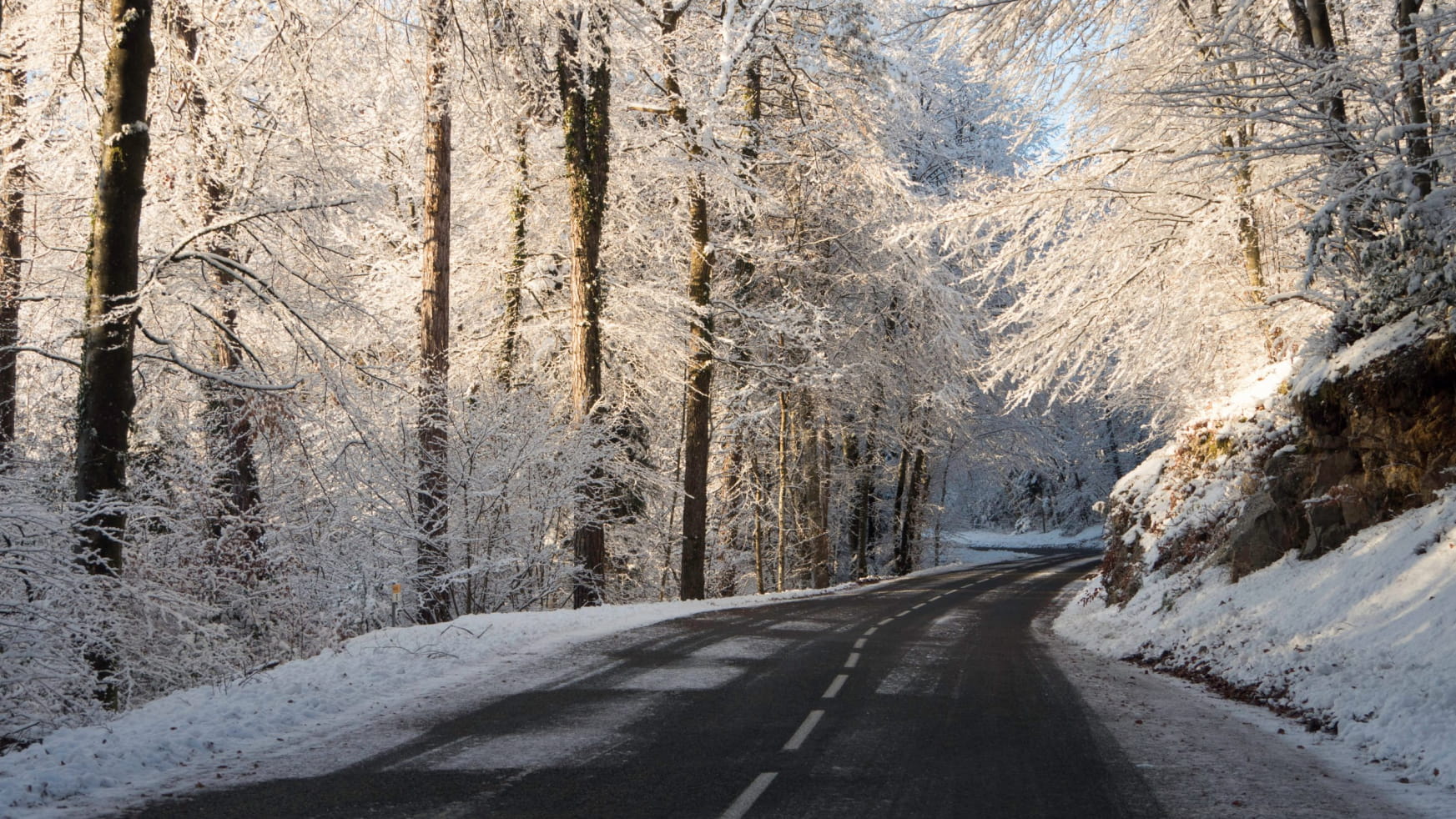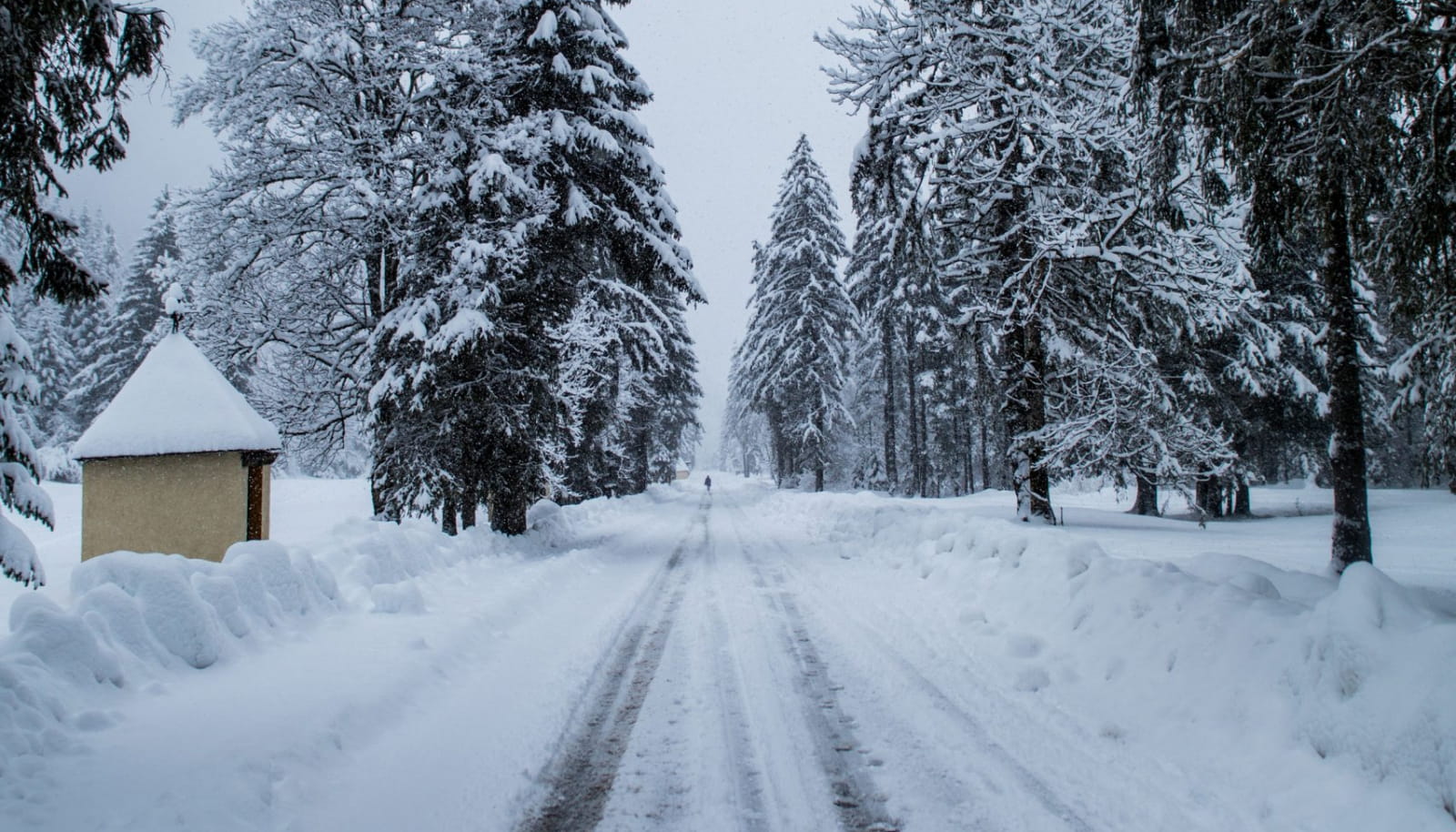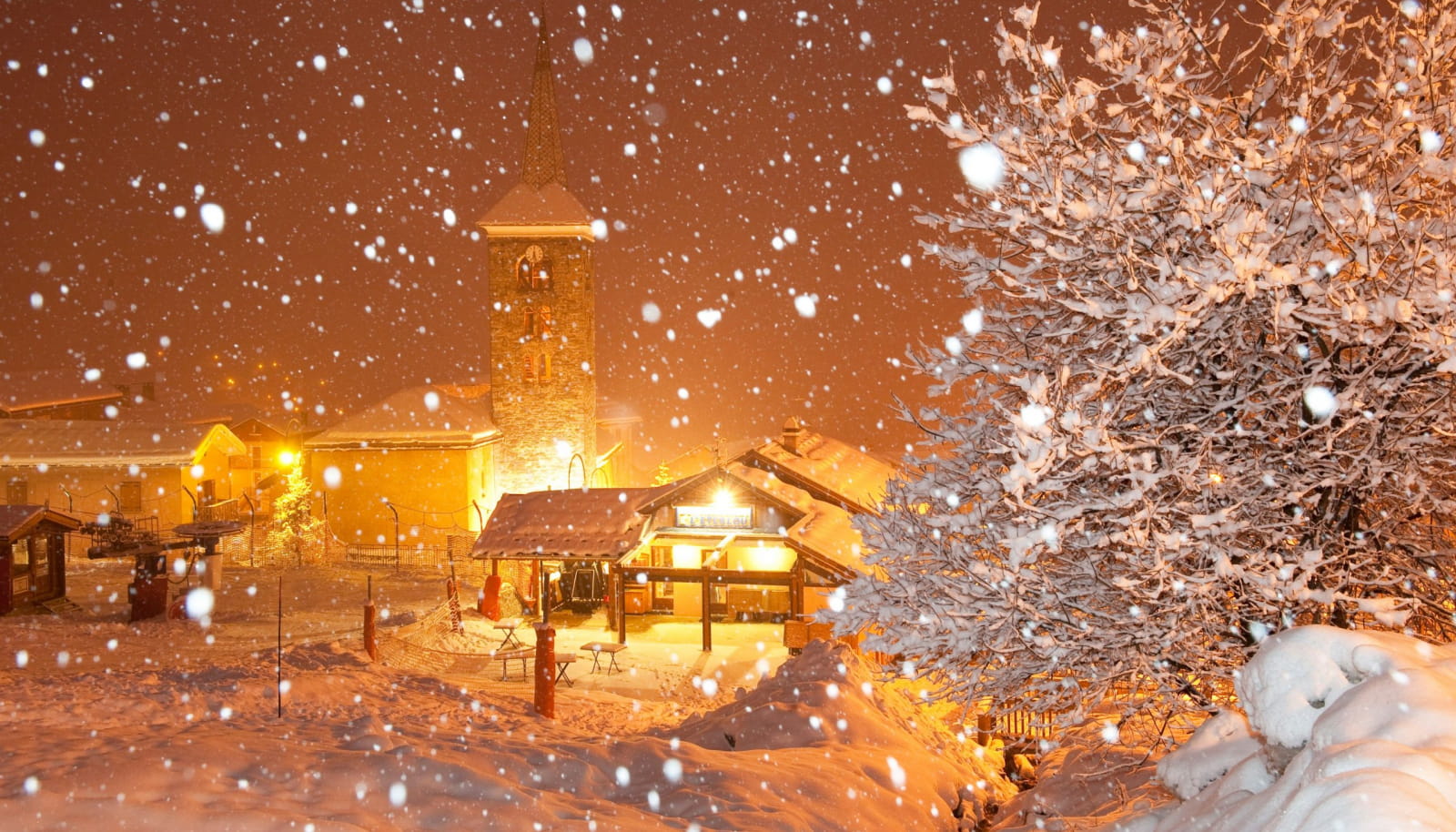- Winter Mountain
10 top tips for driving in winter conditions

Before setting off, it is vital to check the traffic conditions and weather forecast for the whole of the national road network. During the journey, follow any safety advice broadcast over the radio or displayed on road signs.
In winter, you should check the pressure of all four tyres while cold, as it can vary depending on the outside temperature.
It is advisable to use winter tyres once average temperatures fall below 7°C. These tyres are suited to all types of winter conditions. They are made with softer rubber and have deeper tyre treads, which improve grip and braking.
Snow chains are permitted on any snow-covered road and are even mandatory in certain areas.

The battery, ignition and power supply system are all cold-sensitive parts which should be tested before setting off.
Driving when temperatures are below zero means potentially facing difficult situations in the event of having to stop. It is therefore strongly advisable to pack some additional items which could turn out to be very useful.
No matter the time of day, in winter there is generally less light, so visibility is poorer. You therefore need to pay particular attention to any vulnerable road users.
During periods of extreme cold, it is important to drive more slowly and therefore to factor in extra time on your journey.

In icy conditions, don’t hesitate to increase your braking distance substantially.
It is forbidden for any type of motorised transport to overtake this type of vehicle.
